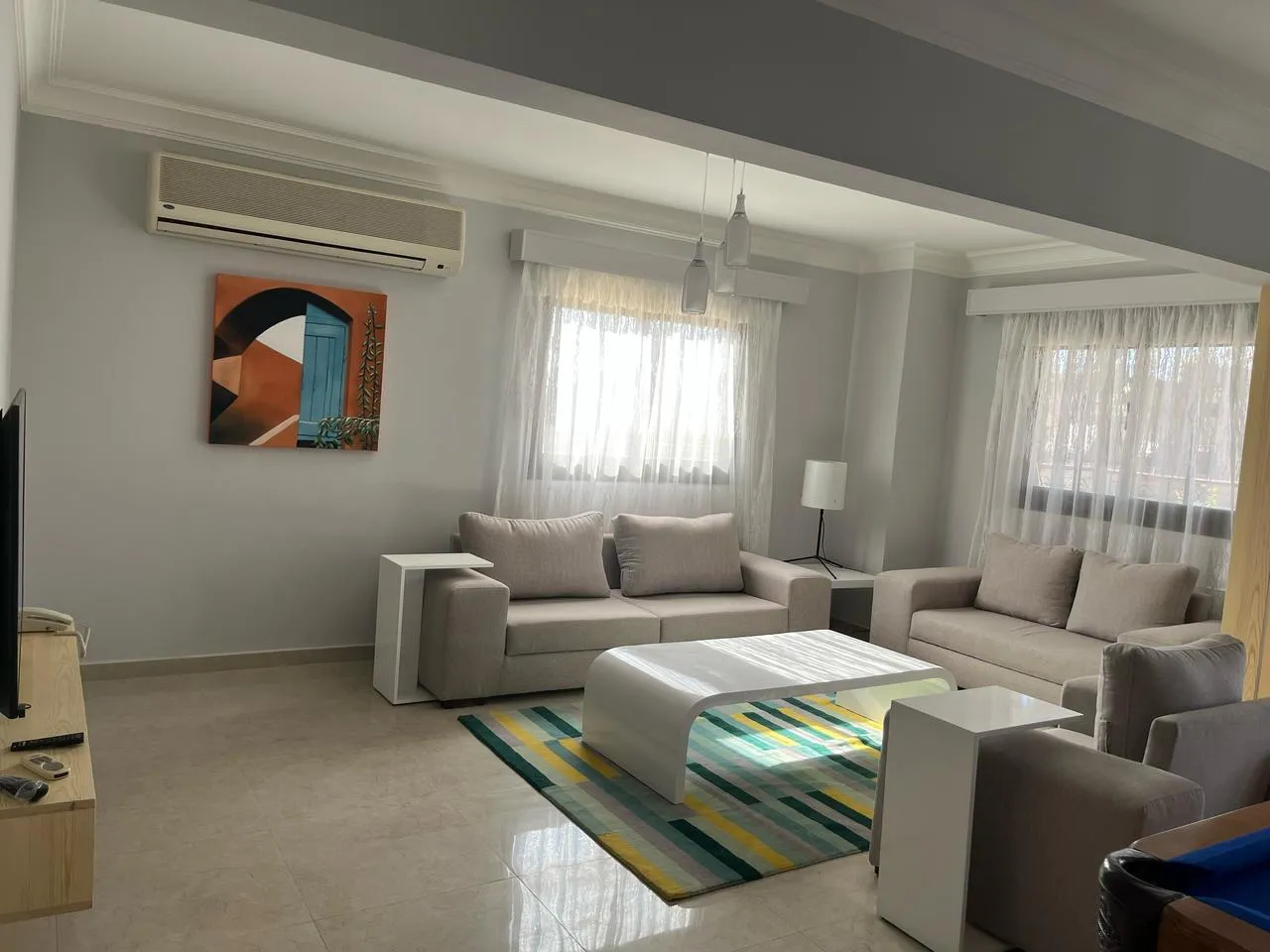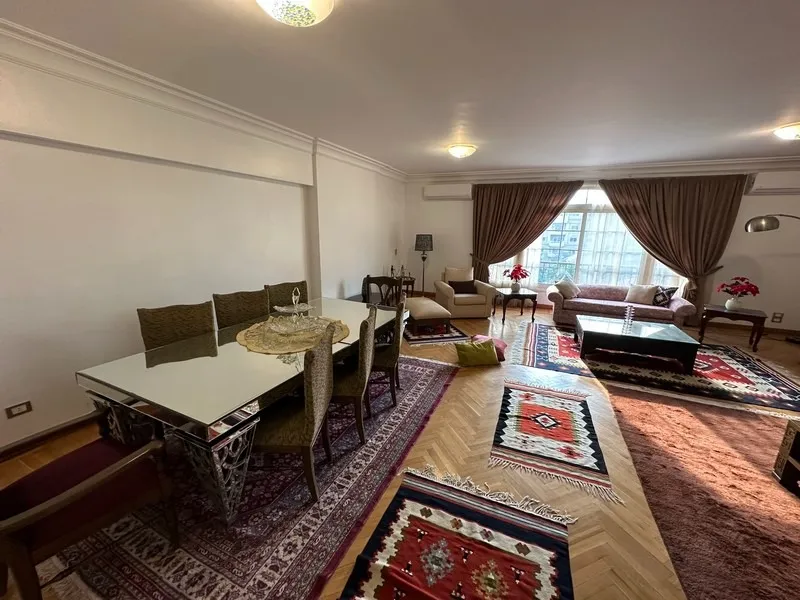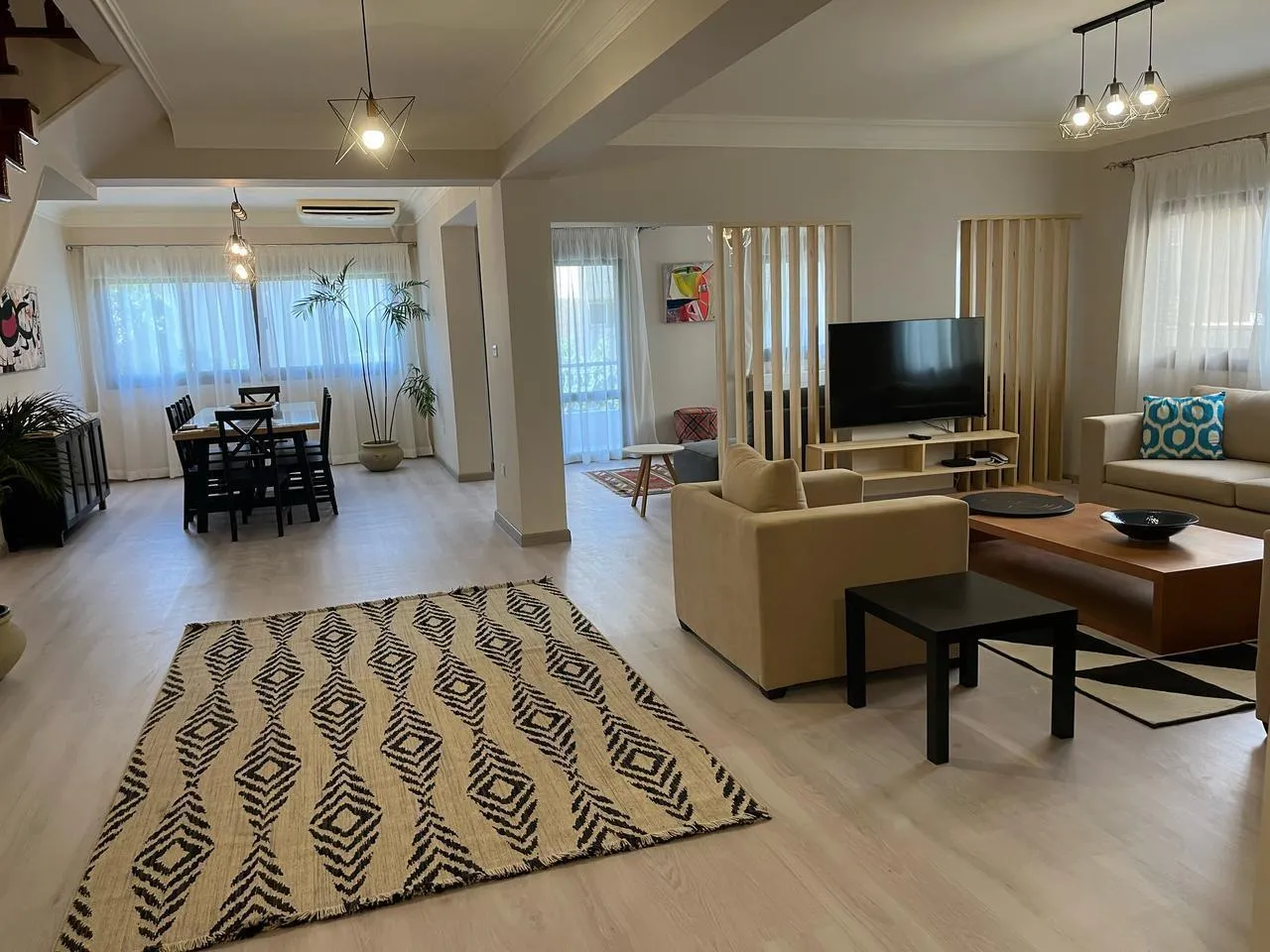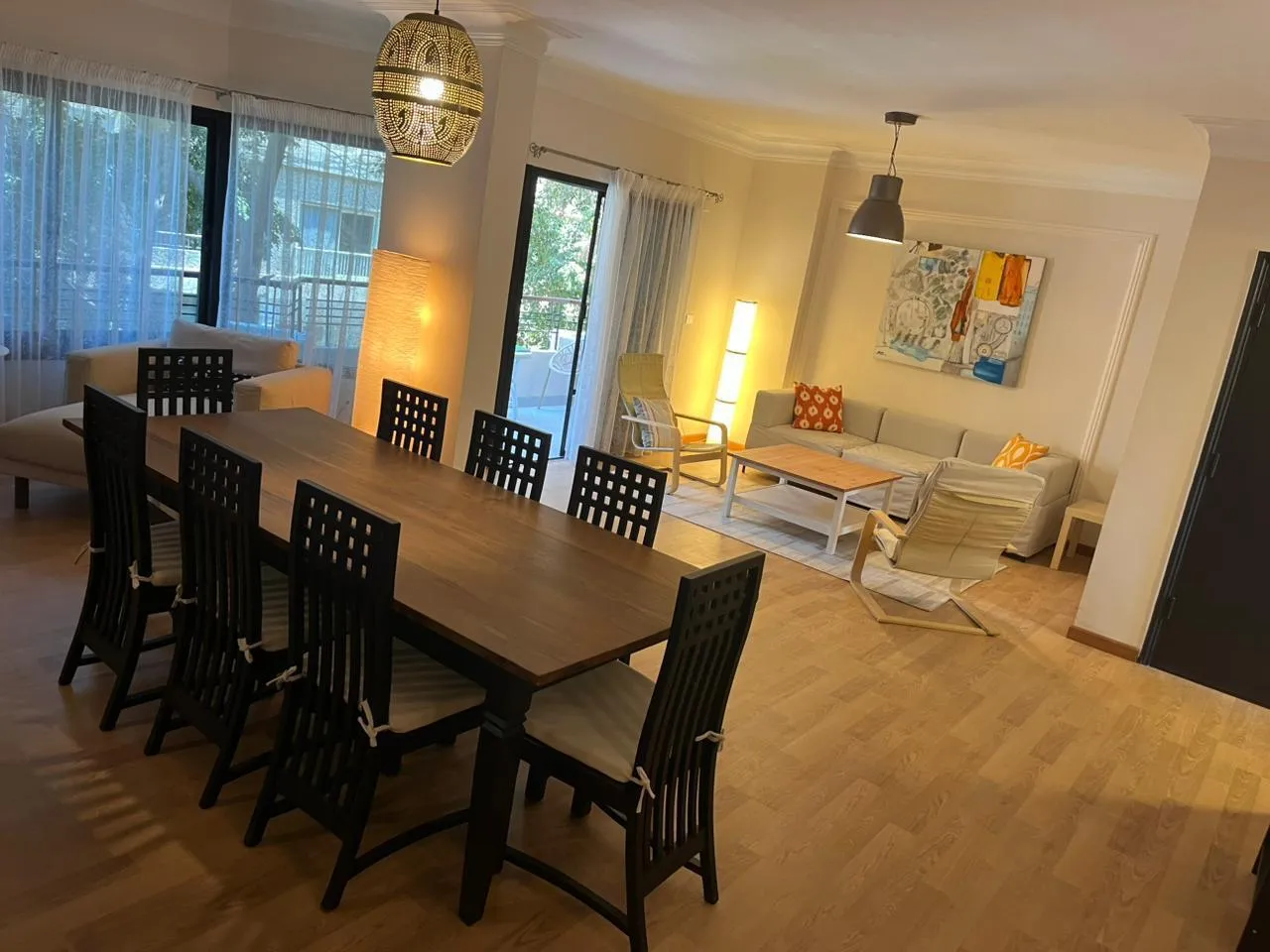Viewing Apartments: 5 Essential Strategies Every Prospective Tenant Should Know
Author
Ali Ashour
Time
11 Min.
Language
English
Created:
4/8/2024
Updated:
4/15/2024
Viewing Apartments: 5 Essential Strategies Every Prospective Tenant Should Know
Viewing apartments, a critical step in finding your dream home, requires thorough preparation and attention to detail. Prospective tenants should prioritize scheduling an apartment viewing appointment in advance to make a favorable impression on property managers and understand the intricacies of the rental property.

This article outlines essential strategies from researching area amenities to asking pivotal questions during apartment showings, guiding you through the process to ensure you find apartments that meet your needs and align with your vision of living alone or with others.
Researching Area Amenities
Researching the neighborhood's amenities and overall vibe is a pivotal step in the apartment hunting process. Utilize tools like Trulia’s Neighborhood Map and Walk Score to gain insights into the area's activity levels, noise, and walkability. These platforms provide valuable information on:
.jpg)
- Proximity to essential amenities such as grocery stores, restaurants, and parks.
- Public transportation availability to assess how easily you can navigate without a car.
- Neighborhood safety through crime statistics and registered sex offender databases like CityProtect and Family Watchdog.
Additionally, engaging with the community by talking to neighbors or visiting local establishments can offer a genuine feel of the area. Consider lifestyle needs like work-from-home environments or access to leisure activities, which can significantly impact your living experience. Review shared amenities within the property for their condition and upkeep, as these can enhance your quality of life but may also affect rental costs. Finally, understanding the neighborhood's property value trends and investment potential can guide long-term decisions, making tools like Mashvisor's heatmap invaluable for assessing average rental income and occupancy rates.
Budgeting for Rent & Utilities
Budgeting for rent and utilities is a critical aspect of viewing apartments and requires careful consideration. Here are essential strategies to ensure financial preparedness:
- Monthly Rent and Fees:
- Compare the apartment's price with similar local properties to assess fairness.
- Inquire about the monthly rent, security deposit, first and last month's rent, and any move-in fees.
- Ask if utilities are included; if not, request average costs.
- Utilities and Additional Costs:
- Understand which utilities (electricity, heat, natural gas) you're responsible for.
- Investigate internet and cable providers and costs.
- Consider potential miscellaneous fees (pet, parking, storage).
- Budgeting Tips:
- Follow the 30% rent rule, allocating no more than 30% of your income to rent.
- Utilize the 50/30/20 budget rule for balanced financial planning.
- Explore cost-saving options like getting a roommate or negotiating bills.
By addressing these areas, you can ensure a financially sound decision when choosing your next apartment, aligning with your lifestyle and budget requirements.
Comparing Floor Plans
When comparing floor plans during apartment viewings, it's essential to focus on several key features that impact daily living and overall satisfaction. Here's a breakdown of what to look for:
- Space Utilization and Features:
- Define Spaces: Ensure the kitchen includes at least three cabinets for adequate storage.
- Lighting: Check for built-in light fixtures and the presence of natural light to brighten the space.
- Creative Storage Solutions: Look for innovative storage options to maximize space efficiency.
- Floor Plan Basics:
- Visual Layout: Understand the arrangement of walls, windows, doors, and built-in features.
- Measurements: Pay attention to the dimensions and square footage to ensure your furniture fits.
- Symbols Interpretation: Learn to read thick solid lines for exterior walls, thin lines for interior partitions, dashed lines for above-plan features, and door/window symbols for better understanding.
- Features and Lifestyle Considerations:
- In-Unit Amenities: Consider the availability of in-unit laundry, type of flooring, and air conditioning systems.
- Safety Features: Look for smoke detectors, carbon monoxide detectors, and secure locks.
- View and Location: Top floor apartments offer views but may cost more, while bottom floors are suitable for pets and families but may lack views. Middle floors provide a balance.
Evaluating these aspects helps in making an informed decision tailored to your lifestyle needs and preferences, ensuring the selected apartment feels like home.
Prioritizing Must-Haves
Prioritizing must-haves when viewing apartments involves a strategic approach to ensure your new home meets your essential needs while staying within your budget. Consider the following:
- Amenities and Features:
- Essential: Affordable rent, pet-friendliness, specific neighborhood, security measures.
- Desirable but not necessary: On-site laundry, building parking, central air conditioning.
- Discuss with roommates to compromise on shared priorities.
- Apartment Condition:
- Check for damages and functionality of doors, windows, plumbing, and electrical outlets.
- Verify water pressure, appliance conditions, and security features like smoke detectors.
- Lease and Legalities:
- Thoroughly read the lease for terms on amenities, damage repairs, lease duration, and costs.
- Ensure all discussions and promises are documented in the lease agreement.
Understanding your priorities and carefully inspecting potential apartments can significantly enhance your living experience, making it crucial to balance between must-have features and desirable amenities.
Asking Questions During Viewings
Asking pertinent questions during apartment viewings can significantly influence your decision-making process. It's essential to inquire about the specifics that affect your daily living and legal obligations. Here's a structured approach to ensure you cover all bases:

- Lease Details & Restrictions:
- Lease start and end dates.
- Policies on painting, decorating, and making holes in the walls.
- Guest policy and restrictions on long-term visitors.
- Subletting rules and early termination penalties.
- Possibility of month-to-month leasing or adding roommates.
- Financial & Legal Considerations:
- Rent payment methods and penalties for late payments.
- Requirements for renters insurance.
- Fees for maintenance, parking, and any additional charges.
- Maintenance, Security, & Amenities:
- Process for handling repairs and emergency situations.
- Security measures and pest control policies.
- Availability and updates to building amenities.
- Parking situation, including assigned spots and access to garages.
Ensuring these areas are addressed will provide a comprehensive understanding of what to expect, helping you make an informed decision when choosing your next rental property.






